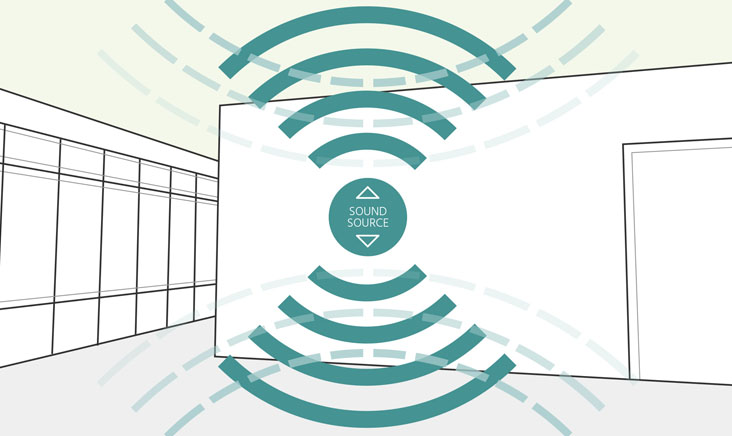Clients often ask us if they need to treat all the common parts within their block of flats to satisfy Requirement E3 (Reverberation in the common internal parts of buildings such as entrance lobby’s, corridors and stairwells.
Our usual answer to this is yes. The purpose of this Requirement is to protect residents from noise produced in reverberant common areas. The Requirement in Part E only applies to “corridors, stairwells, hallways, and entrance halls which give access to the flat or room for residential purposes”. To comply with this, it is recommended that absorbent treatment should normally be applied only to common areas onto which dwellings open directly. Sometimes this can be as easy as adding a resilient layer to the floor and/or adding an acoustic board to the ceiling.

Often careful planning of apartment layouts can alleviate the need for extensive acoustic works, such as constructing the common areas of flats, such as corridors next to the common areas within the apartment block as long assuming normal usage of the common areas – more information on this can be found in paragraph 0.8 of Approved Document E (2003).
In all instances, planning an acoustically favourable dwelling from the design stage can help to reduce the number of noise problems that may occur even if your building passes the Sound Insulation Testing.
Also, if neighbours have varied working patterns, i.e. they work night shifts and arrive back in the early hours of the morning, allowing for sound absorption in common areas are particularly important.
We offer an acoustic design service, whether it’s accomplished during initial construction or during a refurbishment/renovation project. We also undertake UKAS accredited sound testing and noise surveys providing a ‘one stop’ solution for all your acoustic testing and design requirements throughout London and the South East.
